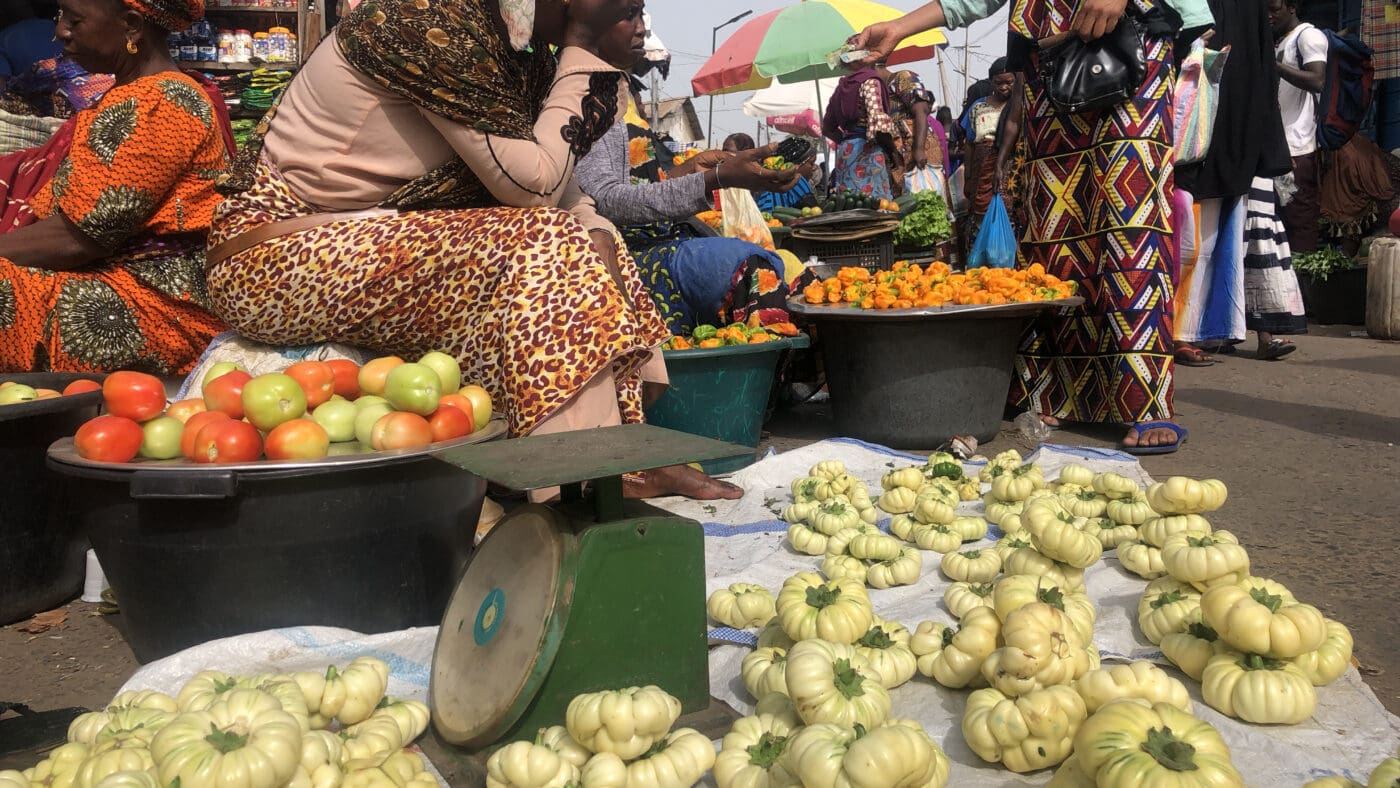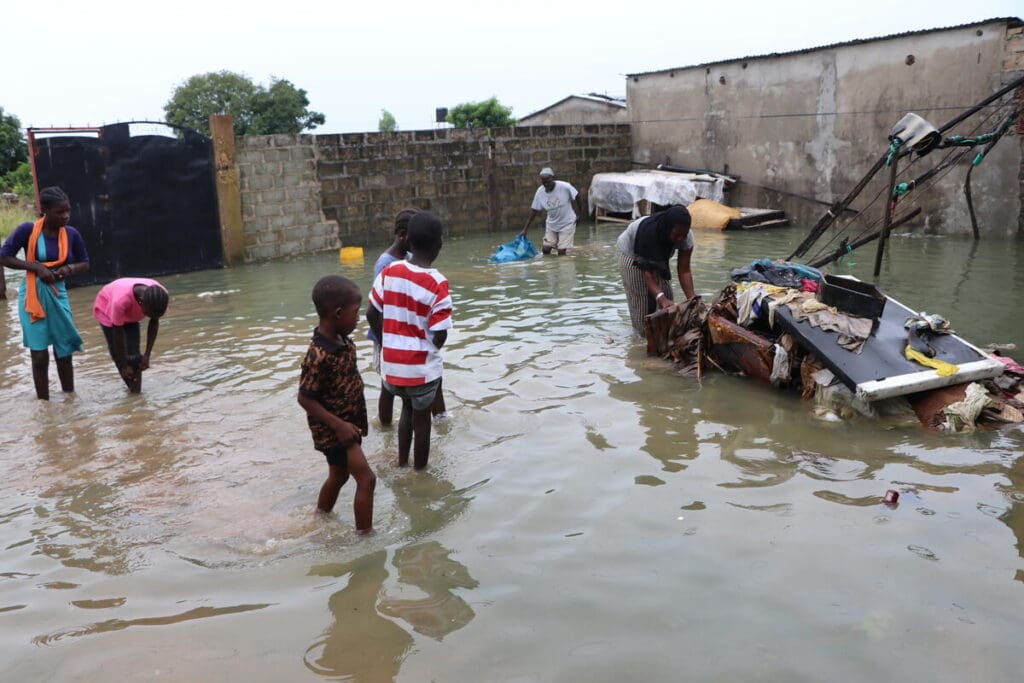
Gambia
Gambia is facing rising hunger, poverty and malnutrition. Major crises such as the Ebola outbreak and climate-related drought and floods have all taken their toll on the country’s economy.
of people live in poverty
acute malnutrition rate
people live in Gambia
Worsening Poverty & Hunger
Gambia’s poverty rate hovers at 48% while hunger has risen from 5 to 8% over the past five years.
Those who are mainly dependent on farming are the most hungry, yet agriculture employs 46% of the population – up to 80% in rural areas. Climate-related crises continuously hurt the availability and price of food, pushing more and more families into hunger.
Agricultural growth has only met half of the national goal, as the sector is stuck in a vicious cycle of low investment and low output – further exacerbated by factors including persistent gender inequalities in access to water, post-harvest losses and inadequate storage. The most vulnerable people are constantly at risk of being unable to purchase sufficient food. Crop production fell by 26% because of long dry spells in 2017, and fluctuating market prices had detrimental effects for vulnerable households, who spend half their income on food.

WFP’s Work in Gambia
WFP has been in Gambia since 1970, supporting school feeding and resilience projects. WFP led humanitarian efforts during the Sahel crisis of 2010 to 2011, and since then has been helping to strengthen the country’s own capacity for building sustainable social protection programs, in particular for school feeding.

WFP will provide food or cash to households affected by crises, prioritizing vulnerable groups such as households headed by women, people with disabilities and those living with HIV/AIDS.


WFP’s school meals programs reach over 115,000 children, half of whom are girls. WFP also provides technical support to help strengthen the capacity of the Government to manage the country’s own national school feeding and other social support programs.


To prevent or treat acute and chronic malnutrition, WFP provides nutritious foods to 55,200 people including children under the age of 5, pregnant women and nursing mothers, and those living with HIV/AIDS.


WFP supports and trains small-scale farmers, especially women, helping them to increase the amount of food they produce and sell. WFP will also help create earning opportunities during lean seasons, employing 5,000 people to create or restore community or individually-owned infrastructure.
